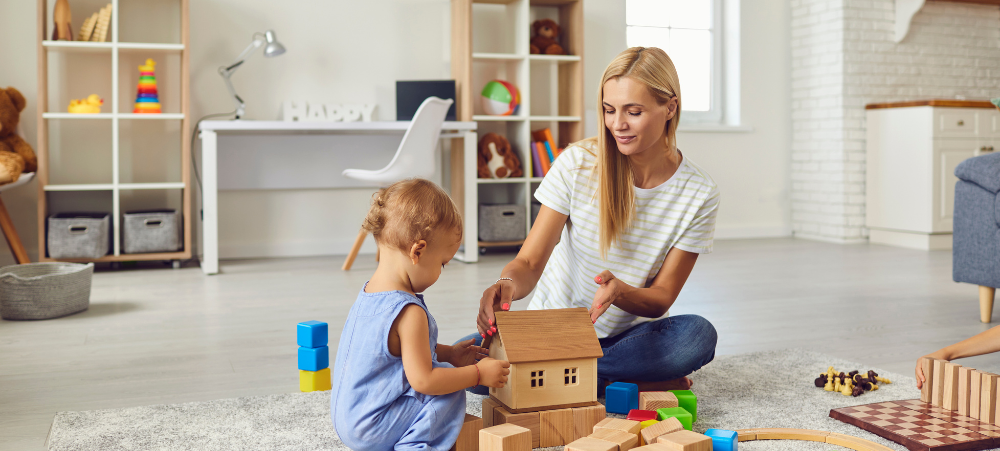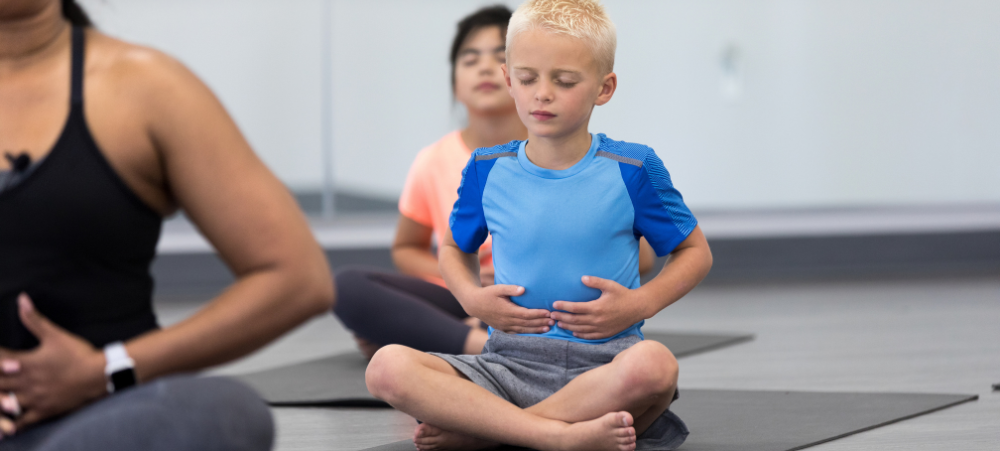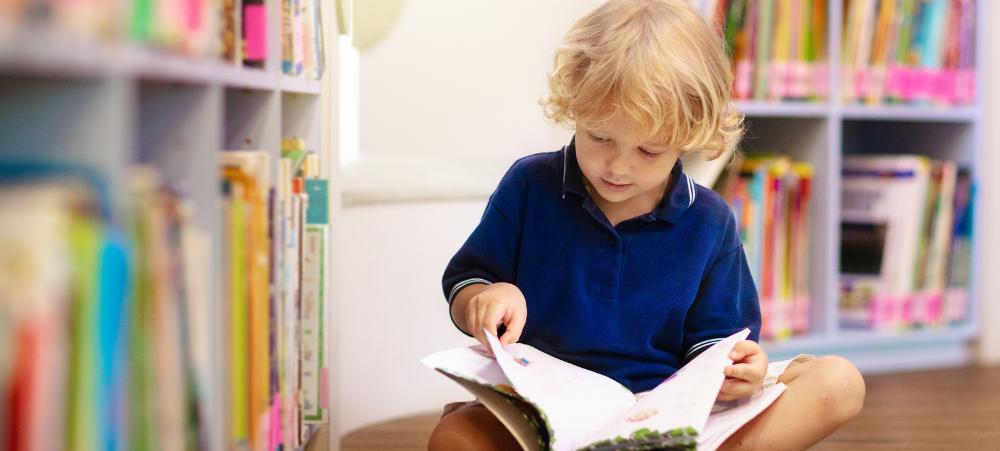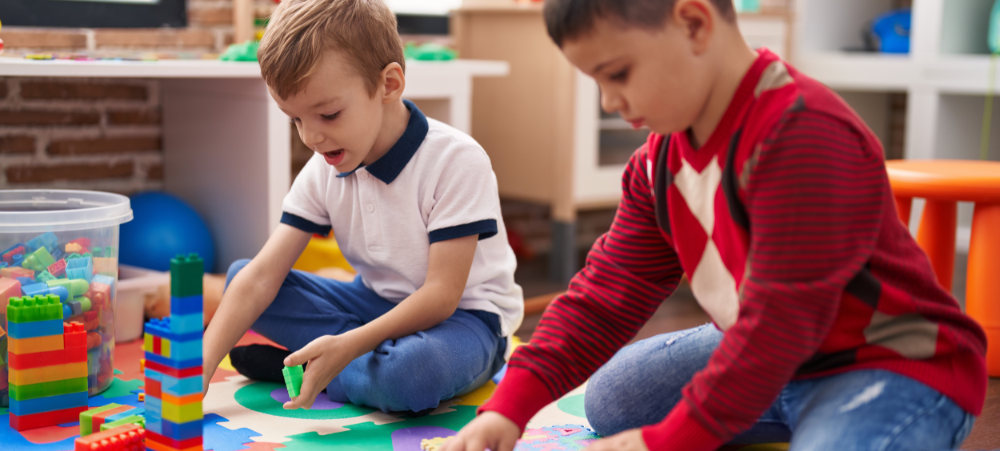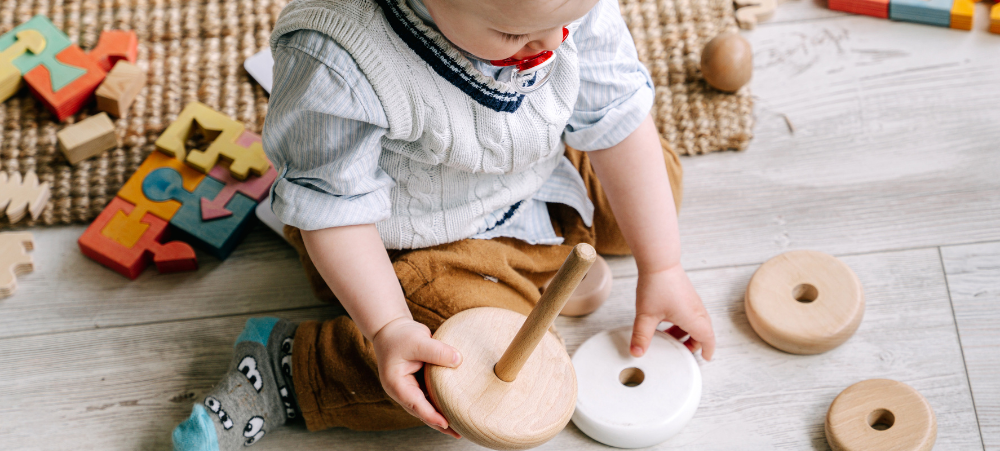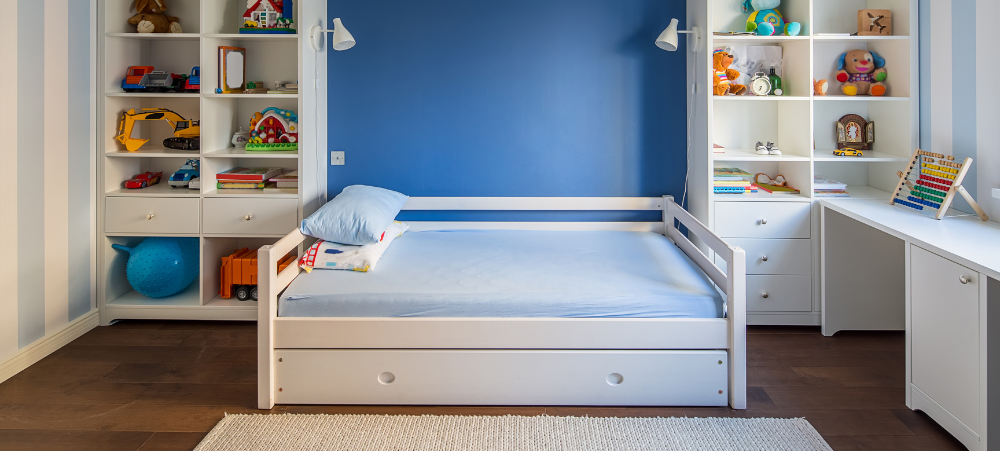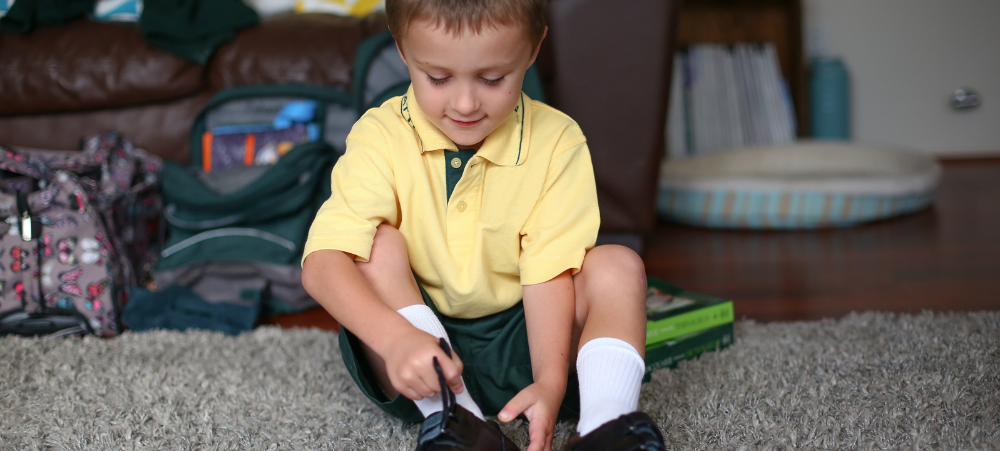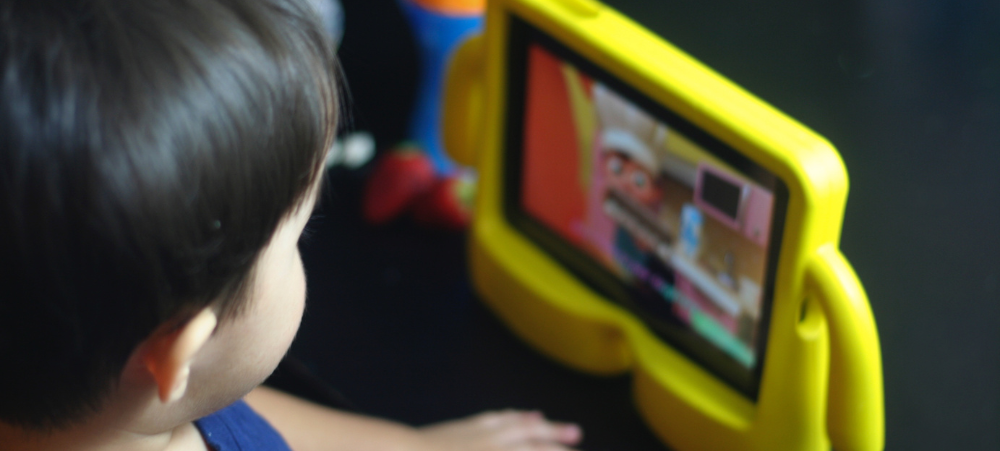
Balancing Screen Time Without the Battles
In a world where devices are part of learning, play, and socialising, setting boundaries around screen time has become one of parenting’s trickiest tasks. For many families, it’s a daily negotiation—or worse, a meltdown. But here’s the good news: with the right mindset and tools, you can guide your child’s screen use in a way that supports their development without the constant conflict. 1. Start With a Family Plan, Not a Punishment Rather than issuing limits as strict rules, try building a family media plan together. Involve your child in setting expectations—they’re far more likely to follow boundaries they helped create. Include things like: 💬 Tip: The American Academy of Pediatrics offers a free online Family Media Plan tool to help guide this conversation. 2. Be Clear—and Consistent Kids do best when they know what to expect. If your rule is “30 minutes of games after homework,” then stick to it. When limits constantly shift, it opens the door to arguing or negotiating. Use timers if needed—and let the timer be the “bad guy,” not you. 3. Model the Behaviour You Want to See Children often mimic adult habits. If you’re checking your phone during meals or scrolling in bed, it becomes harder to explain why they shouldn’t do the same. Show them what healthy tech boundaries look like by practising them yourself. 4. Shift the Focus From Control to Connection When kids resist turning off a screen, it’s often because they’re deeply engaged. Rather than issuing a cold “time’s up,” try to connect first: This helps them transition more smoothly and feel respected. 5. Offer Engaging Alternatives Instead of just taking the screen away, replace it with something. Keep puzzles, art supplies, books, or outdoor toys easily accessible. Sometimes boredom sparks creativity—especially when screens aren’t the fallback. 6. Be Flexible, Not Fearful Not all screen time is bad. Educational games, connecting with family via video chat, or making digital art can be valuable experiences. Focus on what they’re doing, not just how much. Final Thought: Balancing screen time doesn’t have to feel like a constant tug-of-war. With a thoughtful approach that includes structure, empathy, and flexibility, you can turn screen-time struggles into healthy digital habits—without the drama. 📚 Sources:




